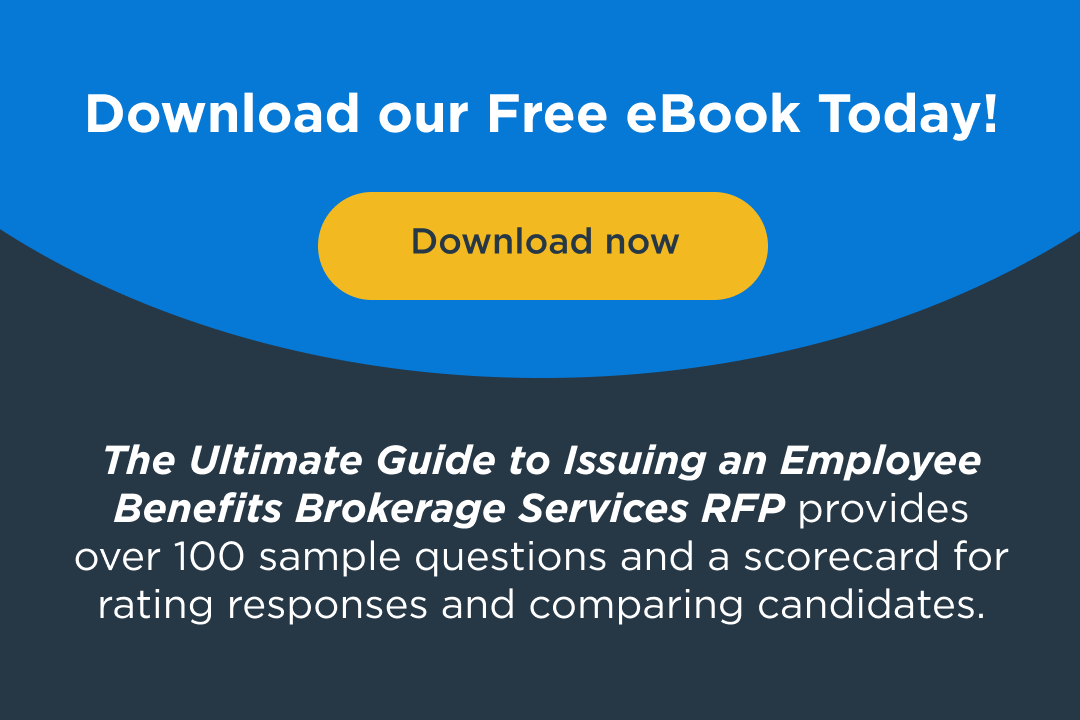Vision Exams: A Hidden Opportunity to Lower Healthcare Costs and Improve Employee Well-Being
June 26, 2025

In the ever-tightening landscape of employee benefits, HR and finance leaders are constantly seeking high-impact, low-cost ways to promote preventive care and reduce high-dollar claims. One often overlooked yet surprisingly powerful tool? The routine vision exam.
While vision benefits are commonly offered as a voluntary or ancillary benefit, they may be doing more heavy lifting than we realize. A standard eye exam doesn’t just update a glasses prescription—it can also reveal early signs of systemic health conditions that, if left untreated, may become costly medical claims down the road.
What Vision Exams Can Reveal—Beyond Vision Issues
A dilated eye exam offers a unique window into a person’s overall health. Because the eye is the only place where blood vessels and nerves can be examined without invasive procedures, optometrists and ophthalmologists are often the first to spot early signs of serious health conditions, including:
- Diabetes: Changes in the blood vessels of the retina are one of the earliest warning signs of type 2 diabetes—sometimes even before blood glucose levels rise to diagnosable levels.
- High Blood Pressure (Hypertension): Narrowed arteries and retinal bleeding can indicate undiagnosed hypertension.
- High Cholesterol: Deposits or plaque in the blood vessels of the eye may point to lipid disorders.
- Autoimmune Conditions: Lupus, rheumatoid arthritis, and multiple sclerosis can all manifest in inflammation or structural changes in the eye.
- Thyroid Disease: Bulging eyes or changes in eye movement can signal hyperthyroidism.
- Brain Tumors or Aneurysms: Changes in the optic nerve or unexplained vision loss may indicate neurological conditions requiring urgent attention.
From Eye Exam to Early Intervention—and Cost Savings
Catching these conditions early through a vision exam doesn’t just improve employee health outcomes—it can significantly reduce employer healthcare costs:
- Avoiding Catastrophic Claims: Diagnosing diabetes or hypertension before complications set in can help avoid ER visits, hospitalizations, and expensive specialist care.
- Preventing Absenteeism: Treating underlying health issues sooner can reduce downtime, boost productivity, and help employees stay focused and healthy at work.
- Reducing High-Cost Pharmacy Claims: Managing conditions in their early stages often requires less aggressive and less expensive treatment.
- Containing Medical Trend Increases: By limiting high-cost claimants, employers may see more stable renewal rates and reduced stop-loss volatility.
What Employers Can Do: Actionable Strategies for HR and Finance Leaders
To fully leverage the benefits of routine vision care, employers can take proactive steps:
- Promote Vision Benefits Year-Round: Don’t limit education about eye exams to open enrollment. Include reminders in wellness communications, intranet announcements, or company newsletters.
- Bundle Vision With Wellness Incentives: Reward employees for getting annual eye exams as part of a broader preventive care campaign.
- Evaluate Vision Plan Design: Make sure the benefit covers comprehensive eye exams (not just vision correction) and includes a wide provider network to eliminate barriers.
- Educate on Whole-Body Benefits: Help employees understand that an eye exam isn’t just for blurry vision—it could be the first step in uncovering a serious health issue.
- Use Claims Data to Tell the Story: Work with your broker or carrier to identify instances where vision exams led to early intervention. These success stories are powerful tools to drive engagement.
The Bigger Picture: Vision as a Preventive Care Gateway
In a healthcare environment defined by cost pressures, delayed diagnoses, and employee confusion, routine vision care is an underutilized asset. It’s affordable. It’s accessible. And it can surface hidden risks that traditional medical exams may miss until it’s too late.
For HR and finance professionals looking to squeeze more value out of their benefits strategy while protecting both lives and budgets, promoting vision check-ups isn’t just smart—it’s essential.
Your employees’ eyes could be the key to seeing better healthcare outcomes and a healthier bottom line.


